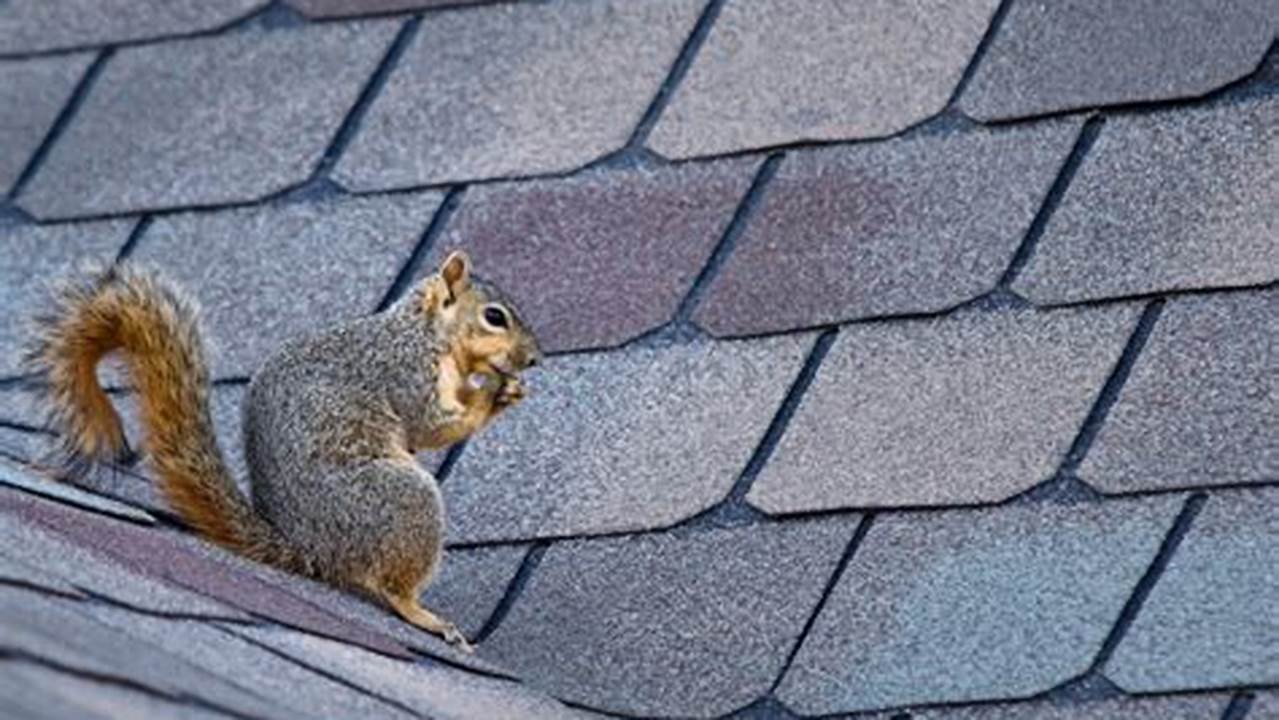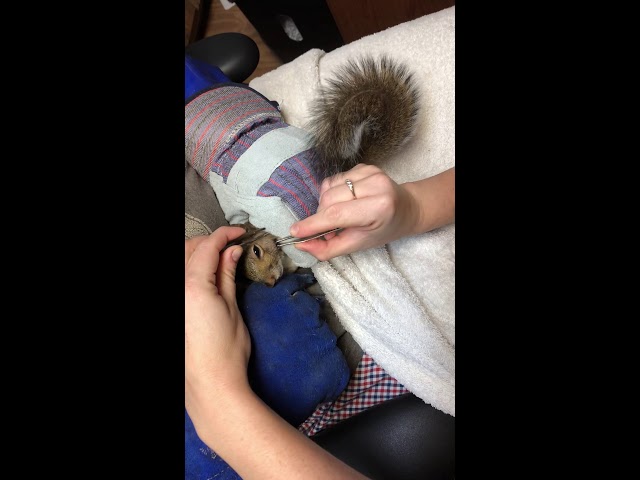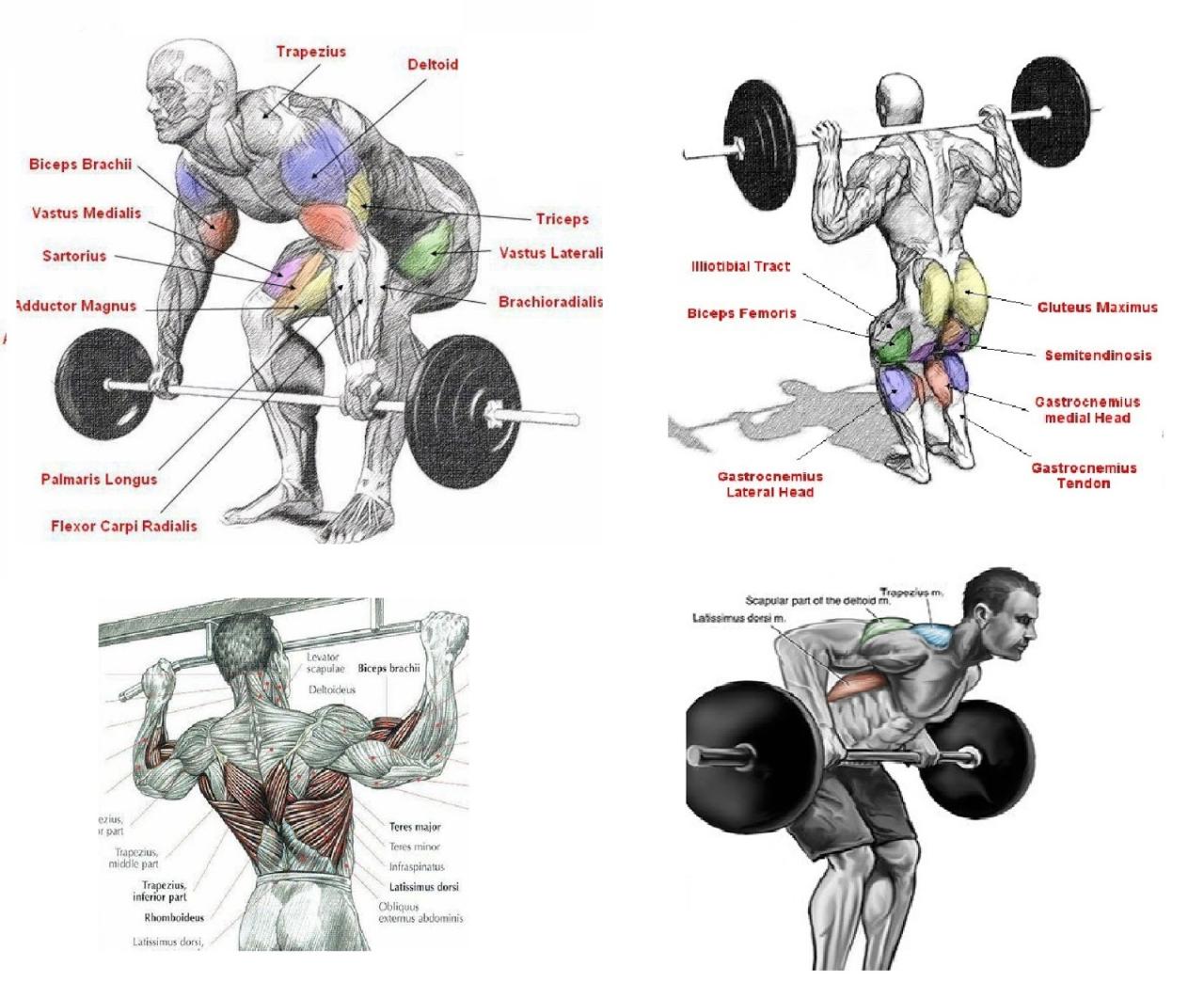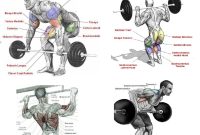
Squirrel removal encompasses the professional process of identifying, capturing, and removing squirrels from residential or commercial properties. This service is often sought after when squirrels become a nuisance or pose potential risks to human health and safety, or when they cause damage to buildings and other structures.
Historically, squirrel removal was primarily conducted through trapping and relocation efforts. However, modern approaches to squirrel removal prioritize exclusionary methods that focus on preventing squirrels from entering properties in the first place. This involves identifying and sealing potential entry points, such as holes or gaps in roofs, walls, and chimneys.
Squirrel removal is an important service for several reasons. Squirrels can carry diseases that can be transmitted to humans and pets, such as tularemia and salmonellosis. They can also cause damage to property by chewing on electrical wires, nesting in attics, and gnawing on furniture and other household items. Additionally, squirrels can be a nuisance by creating noise, leaving droppings, and raiding bird feeders.
Squirrel Removal
Squirrel removal is an essential service for any property owner who is experiencing problems with squirrels. Squirrels can cause damage to property, spread disease, and be a nuisance. There are a number of different methods that can be used to remove squirrels from a property, and the best method will vary depending on the specific situation.
- Inspection: The first step in squirrel removal is to conduct a thorough inspection of the property to identify any potential entry points. This will help to determine the best method of exclusion.
- Exclusion: Exclusion methods involve sealing up any holes or gaps in the exterior of the property that squirrels could use to enter. This can be done using a variety of materials, such as caulk, expanding foam, or wire mesh.
- Trapping: Trapping is another common method of squirrel removal. Traps can be baited with food or other attractants, and once a squirrel enters the trap, it will be unable to escape.
- Relocation: Once squirrels have been trapped, they can be relocated to a new area. However, it is important to note that relocation is only a temporary solution, and squirrels may eventually find their way back to the property.
- Prevention: The best way to deal with squirrels is to prevent them from entering the property in the first place. This can be done by removing any potential food sources, such as bird feeders or pet food, and by sealing up any holes or gaps in the exterior of the property.
Squirrel removal can be a challenging task, but it is important to remember that there are a number of different methods that can be used to effectively remove squirrels from a property. By taking the time to identify the best method for the specific situation, property owners can protect their property and their health from the dangers of squirrels.
Inspection
Inspection is a critical step in the squirrel removal process because it allows pest control professionals to identify the areas where squirrels are entering the property. This information is essential for developing an effective exclusion plan.
- Identifying entry points: The first step in the inspection process is to identify all of the potential entry points on the property. This includes looking for holes in the roof, gaps around windows and doors, and any other areas where squirrels could potentially enter.
- Assessing the severity of the problem: Once the entry points have been identified, the inspector will assess the severity of the squirrel problem. This will help to determine the best course of action for removing the squirrels and preventing them from returning.
- Developing an exclusion plan: Based on the inspection findings, the inspector will develop an exclusion plan. This plan will outline the steps that need to be taken to seal up the entry points and prevent squirrels from re-entering the property.
Inspection is an essential step in the squirrel removal process. By taking the time to identify the entry points and assess the severity of the problem, pest control professionals can develop an effective exclusion plan that will help to protect the property from squirrels.
Exclusion
Exclusion is a critical component of squirrel removal, as it prevents squirrels from entering the property in the first place. This is important because squirrels can cause damage to property, spread disease, and be a nuisance. Exclusion methods are designed to seal up any potential entry points, such as holes in the roof, gaps around windows and doors, and any other areas where squirrels could potentially enter.
- Identifying entry points: The first step in exclusion is to identify all of the potential entry points on the property. This involves carefully inspecting the exterior of the property, looking for any holes, gaps, or other areas where squirrels could enter.
- Sealing entry points: Once the entry points have been identified, they should be sealed up using a variety of materials, such as caulk, expanding foam, or wire mesh. It is important to ensure that all of the entry points are sealed, as even a small hole can allow squirrels to enter.
- Regular inspection: Once the exclusion methods have been implemented, it is important to regularly inspect the property for any new entry points. Squirrels are constantly looking for new ways to enter properties, so it is important to be vigilant and seal up any new holes or gaps as soon as they are found.
Exclusion is an effective way to prevent squirrels from entering a property. By sealing up all of the potential entry points, property owners can protect their property from damage, disease, and nuisance wildlife.
Trapping
Trapping is an important component of squirrel removal because it allows pest control professionals to capture squirrels that have already entered a property. This is important because squirrels can cause damage to property, spread disease, and be a nuisance. Trapping is also a more humane method of squirrel removal than lethal methods, such as poisoning or shooting.
There are a variety of different types of traps that can be used to catch squirrels. The most common type of trap is the live cage trap. Live cage traps are baited with food or other attractants, and once a squirrel enters the trap, the door will close behind it, trapping the squirrel inside. Live cage traps are a humane way to catch squirrels, as they do not harm the animal.
Once a squirrel has been trapped, it can be relocated to a new area. However, it is important to note that relocation is only a temporary solution, and squirrels may eventually find their way back to the property. A more permanent solution is to exclude squirrels from the property by sealing up any potential entry points.
Trapping is an effective way to remove squirrels from a property. However, it is important to remember that trapping should only be used as a last resort, after other methods, such as exclusion, have failed.
Relocation
Relocation is a common component of squirrel removal, but it is important to understand its limitations. Squirrels are territorial animals, and they will often try to return to their home range if they are relocated. In addition, squirrels are very adaptable animals, and they can quickly learn to exploit new food sources and shelter opportunities. This means that even if squirrels are relocated to a new area, they may eventually find their way back to the property where they were originally captured.
For these reasons, relocation should only be used as a last resort, after other methods, such as exclusion, have failed. Exclusion is a more permanent solution to squirrel problems, as it prevents squirrels from entering the property in the first place. However, exclusion can be more difficult and expensive to implement than relocation.
The decision of whether to relocate or exclude squirrels should be made on a case-by-case basis. If the squirrels are causing significant damage to the property or posing a threat to human health, then relocation may be the best option. However, if the squirrels are not causing any problems, then exclusion may be a more effective and cost-effective solution.
Here are some additional factors to consider when making the decision of whether to relocate or exclude squirrels:
- The severity of the squirrel problem
- The cost of exclusion
- The likelihood that the squirrels will return to the property after relocation
- The availability of suitable relocation sites
By carefully considering all of these factors, property owners can make the best decision for their individual situation.
Prevention
Prevention is an essential component of squirrel removal because it can help to prevent squirrels from becoming a problem in the first place. By removing potential food sources and sealing up entry points, property owners can make their properties less attractive to squirrels and reduce the likelihood of an infestation.
There are a number of different ways to prevent squirrels from entering a property. Some of the most effective methods include:
- Removing potential food sources: Squirrels are attracted to a variety of food sources, including bird seed, pet food, and fruits and vegetables. By removing these food sources from the property, property owners can make their properties less attractive to squirrels.
- Sealing up entry points: Squirrels can enter a property through even the smallest holes or gaps. By sealing up these entry points, property owners can prevent squirrels from entering the property in the first place.
- Trimming trees and shrubs: Squirrels often use trees and shrubs to access a property. By trimming trees and shrubs back, property owners can make it more difficult for squirrels to enter the property.
Prevention is the most effective way to deal with squirrels. By taking the time to implement these preventive measures, property owners can protect their properties from squirrels and the damage they can cause.
Squirrel Removal FAQs
This section addresses frequently asked questions about squirrel removal.
Question 1: What are the most common methods of squirrel removal?
Answer: The most common methods of squirrel removal include exclusion, trapping, and relocation.
Question 2: What is the most effective method of squirrel removal?
Answer: Exclusion is the most effective method of squirrel removal because it prevents squirrels from entering the property in the first place.
Question 3: How can I prevent squirrels from entering my property?
Answer: You can prevent squirrels from entering your property by removing potential food sources, sealing up entry points, and trimming trees and shrubs.
Question 4: What should I do if I see a squirrel in my home?
Answer: If you see a squirrel in your home, you should contact a professional pest control company. Squirrels can carry diseases and can be a nuisance.
Question 5: Is it legal to remove squirrels from my property?
Answer: The legality of squirrel removal varies by location. In most cases, it is legal to remove squirrels from your property if they are causing damage or posing a threat to human health.
Question 6: How much does squirrel removal cost?
Answer: The cost of squirrel removal varies depending on the size of the property, the severity of the infestation, and the methods used. You should contact a professional pest control company for a quote.
Squirrel removal can be a complex and challenging task. By understanding the different methods of squirrel removal and the factors that affect the cost, you can make an informed decision about the best course of action for your property.
Return to Squirrel Removal Main Article
Squirrel Removal Tips
Taking the necessary steps to prevent and address squirrel infestations can protect your property and well-being. Here are some essential tips to guide you:
Tip 1: Seal Potential Entry Points
Inspect your property thoroughly to identify any gaps or holes that could serve as entryways for squirrels. Seal these openings using caulk, expanding foam, or wire mesh. Focus on areas such as eaves, vents, chimneys, and around pipes.
Tip 2: Remove Attractants
Eliminate potential food sources that may attract squirrels to your property. Securely store birdseed, pet food, and garbage. Keep your yard clean of fallen fruits and nuts. Remove clutter that provides nesting spots, such as piles of leaves or wood.
Tip 3: Trim Trees and Shrubs
Keep tree branches and shrubbery trimmed away from your house. This reduces squirrels’ ability to access your roof and other vulnerable areas. Ensure there’s sufficient distance between tree limbs and your property to deter jumping.
Tip 4: Install Squirrel-Proof Bird Feeders
If you enjoy feeding birds, opt for squirrel-proof feeders. These feeders are designed with weight-activated perches or cages that close when squirrels attempt to access the seed. They effectively prevent squirrels from monopolizing bird food.
Tip 5: Use Repellents
Consider using squirrel repellents to deter them from specific areas. Apply these repellents around entry points, gardens, or other vulnerable spots. Choose repellents with natural ingredients like peppermint oil or capsaicin to avoid potential harm to pets or children.
Tip 6: Contact Professionals When Needed
While preventive measures can be effective, there may be instances when professional assistance is necessary. If you encounter persistent squirrel problems, contact a licensed pest control company. They possess the expertise and tools to safely and effectively remove squirrels and prevent future infestations.
Remember, consistency and vigilance are key in squirrel removal. Regularly inspect your property, address any potential entry points or attractants, and implement these tips to minimize the risk of squirrel infestations. By taking a proactive approach, you can protect your home and yard from these common pests.
Return to Squirrel Removal Main Article
Squirrel Removal
In conclusion, squirrel removal encompasses a range of strategies, from prevention to exclusion, trapping, and relocation. Each method has its merits, and the most suitable approach depends on the specific circumstances and infestation severity. By understanding the principles and limitations of each technique, property owners and pest control professionals can work together to effectively address squirrel problems.
Preventing squirrel infestations is paramount. Eliminating attractants, sealing potential entry points, and maintaining a clean environment are proactive measures that can significantly reduce the likelihood of squirrel issues. Regular inspections and prompt action are crucial to prevent minor problems from escalating into full-blown infestations.
When prevention fails, exclusion methods offer a long-term solution by sealing off access points and deterring squirrels from entering properties. However, if squirrels have already gained entry, trapping and relocation may be necessary. These methods should be conducted humanely and responsibly, considering the well-being of the animals and the potential for their return.
Squirrel removal plays a vital role in protecting property, ensuring public health, and maintaining a harmonious coexistence between humans and wildlife. By employing effective strategies and adhering to best practices, we can minimize the impact of squirrel infestations and safeguard our communities and ecosystems.
Youtube Video:



